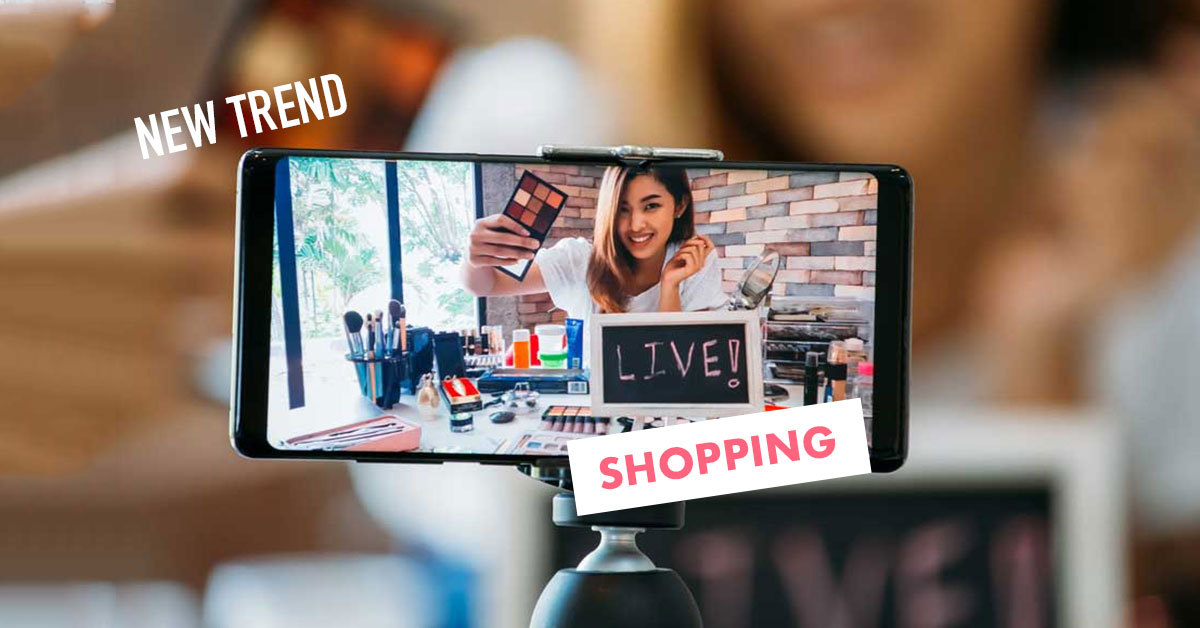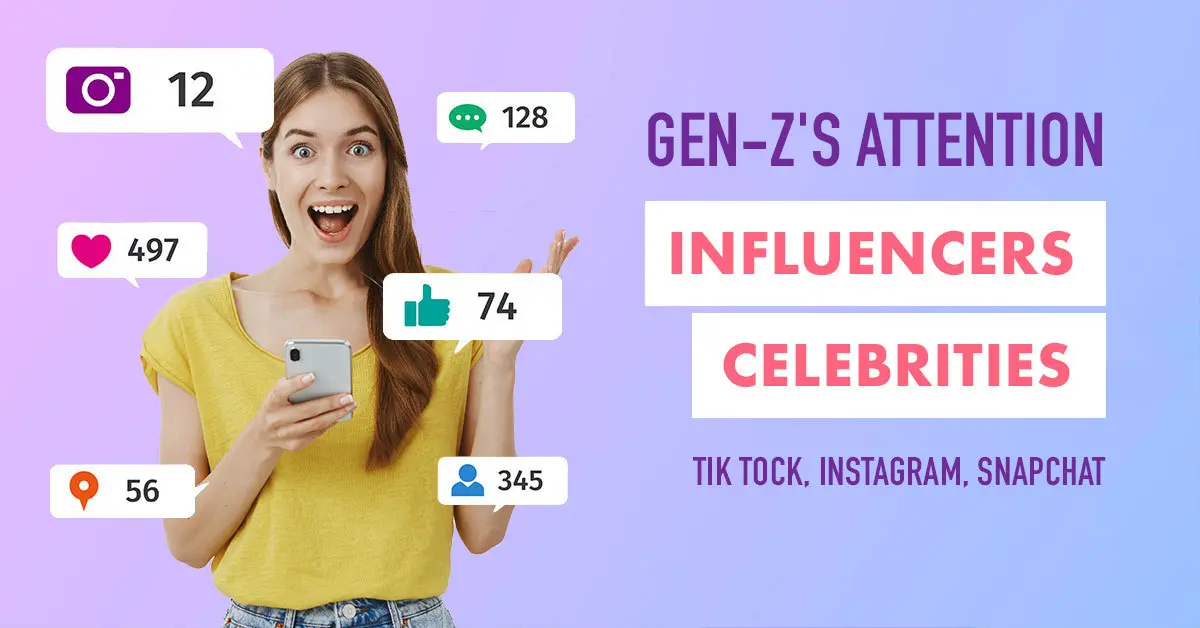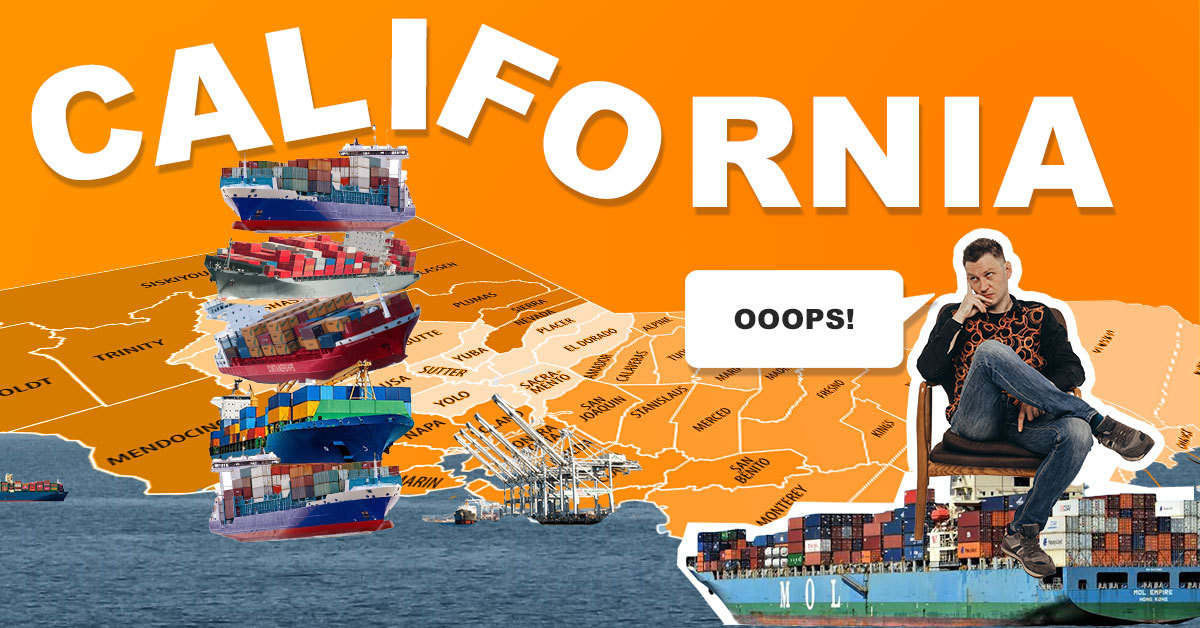No quick fix for the shipping crisis
44 freight ships are stuck awaiting entry into California’s two largest ports. This is the largest congestion since the beginning of the pandemic.
The queue is a result of the labor shortage, COVID-19-related disruptions, and holiday-buying surges, reports Business Insider. Port of Los Angeles data indicated that the ships’ average wait time had increased to 7.6 days.
California ports in Los Angeles and Long Beach account for about one-third of US imports. These ports operate as a primary source of imports from China and have experienced heavy congestion throughout the pandemic.
“Part of the problem is the ships are double or triple the size of the ships we were seeing 10 or 15 years ago,” said Kip Louttit, the executive director of the Marine Exchange of Southern California. “They take longer to unload. You need more trucks, more trains, more warehouses to put the cargo”.
Companies importing and exporting goods to and from Asia expect additional shipping delays. This comes during one of the busiest months for US-China trade relations, as retailers buy ahead in anticipation of US holidays and China’s Golden Week in October, Bloomberg reported.
A freight forwarder in San Francisco said in a recent transportation webinar that “the transit times from Shanghai to Chicago had more than doubled to 73 days from 35 days.”
Another carrier executive estimated “that voyages are now taking 30 days longer than in previous years due to port congestion, container handling delays, and other factors,” Insider’s Áine Cain reported.
“Industry experts expect the ocean shipping capacity will normalize no later than 2023, when many new ships come online,” said Michael Witynski, Dollar Tree’s CEO.
More Amazon news

Google introduces Cloud Retail Search
Google introduces a new search tool for retailers With Retail Search, retailers can bring "Google-quality" search capabilities to their own digital platforms. This week Google announced Google Cloud Retail Search, a new tool to help retailers improve the product...

Live shopping is the new trend in online retail
European customers are open to live shopping Live shopping is one of the big e-commerce trends in 2021, writes e-commerce-magazin.de. This format has already become the standard for online shopping in China. Chinese influencers take customers on a shopping tour via...

Influencers are the key to Generation Z’s heart
Influencers are the way to reach and engage Gen-Z shoppers Generation Z accounts for more than 40 percent of consumers in the U.S. With a collective annual spending power estimated at $143 billion, this group is projected to be the largest consumer population in the...


